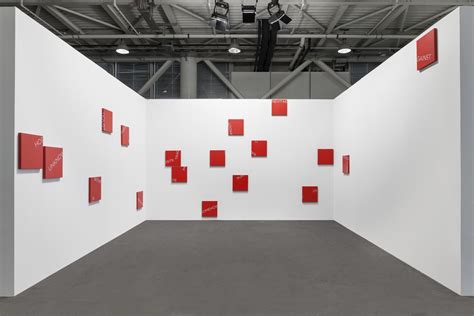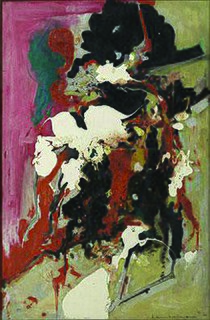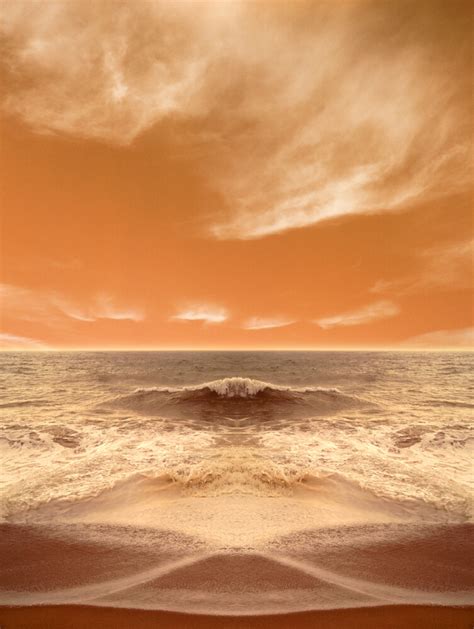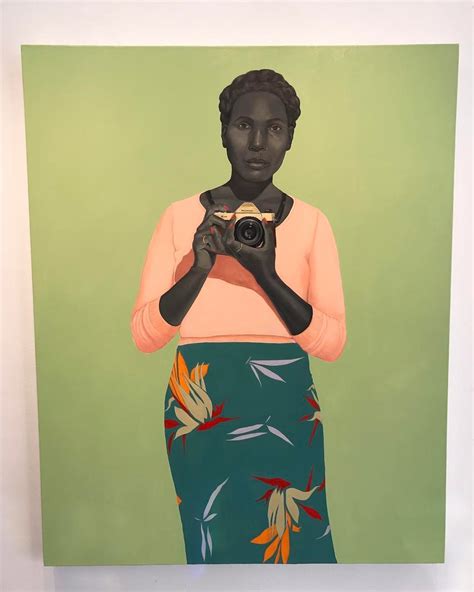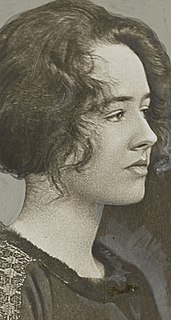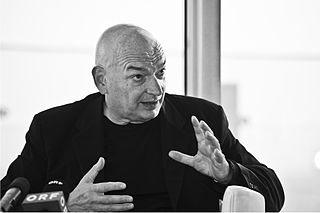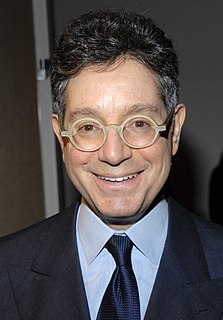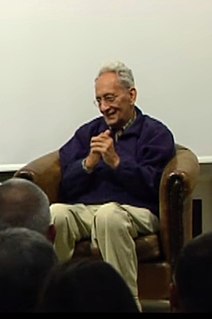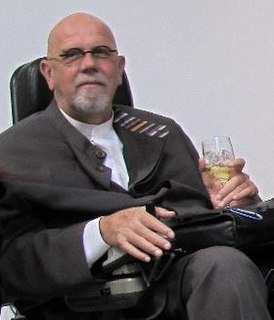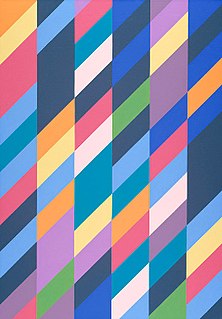A Quote by Georges Braque
When objects shattered into fragments appeared in my painting about 1909, this for me was a way of getting closest to the object... Fragmentation helped me to establish space and movement in space.
Related Quotes
The idea of, say, the compressed space between the floor and the object hanging over it and then the long space between the object and the ceiling was a kind of interesting idea for me - the idea of compressing and expanding. That was an idea that I worked with, which you could only do sculpturally. You can't really do with a painting on the wall.
The peculiarity of sculpture is that it creates a three-dimensional object in space. Painting may strive to give on a two-dimensional plane, the illusion of space, but it is space itself as a perceived quantity that becomes the peculiar concern of the sculptor. We may say that for the painter space is a luxury; for the sculptor it is a necessity.
When I'm painting and in the zone, it's difficult for me to stop. It can take me half a day to get into that space, and once I do, I only talk to a certain few people who won't disrupt it. Home to sleep and back at it, nothing else outside of getting food. Everything else is an annoyance getting in my way.
For it is only framed in space that beauty blooms. Only in space are events and objects and people unique and significant-and therefore beautiful. A tree has significance if one sees it against the empty face of sky. A note in music gains significance from the silences on either side. A candle flowers in the space of night. Even small and casual things take on significance if they are washed in space, like a few autumn grasses in one corner of an Oriental painting, the rest of the page bare.
What greatly attracted me - and it was the main line of advance of Cubism - was how to give material expression to this new space of which I had an inkling. So I began to paint chiefly still lifes, because in nature there is a tactile, I would almost say a manual space... that was the earliest Cubist painting - the quest for space.
I started getting really curious about art. I read about the Dadaists and the Futurists and the Constructivists - those kind of movements which were reflecting the angst of the people of their times. Their work was trying to lead a movement. I began thinking about what was happening, with painting on the streets and painting on the trains as being similar but also coming from a real, pure space. It wasn't being created by academies. It was a spontaneous combustion of ideas that just happened.
In my earlier paintings, I wanted the space between the picture plane and the spectator to be active. It was in that space, paradoxically, the painting 'took place.' Then, little by little, and to some extent deliberately, I made it go the other way, opening up an interior space... so that there was a layered, shallow depth.

